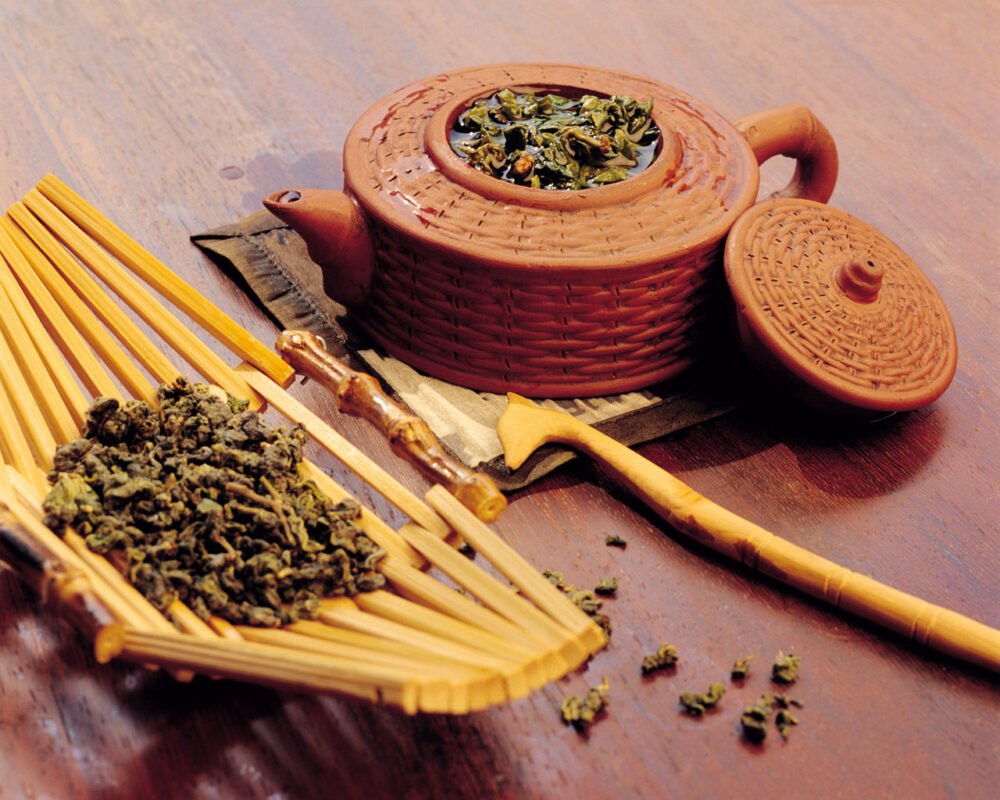Tea, this ancient and mysterious drink, has always played a special role since ancient times. It is not only a cup of fragrant beverage, but also the wisdom accumulated in the long history, as well as a tradition closely related to culture, ceremony and health. It seems that there is no end to the research and appreciation of tea, as it contains the wisdom and heritage of thousands of years.
Since tea was first picked and drunk by the Chinese, its influence has spread all over the world and become a part of different cultures and traditions. From the tea ceremony in China, to afternoon tea in the UK, and to the tea ceremony in Japan, tea has become a part of people’s lives around the world.
But the appeal of tea lies not only in its cultural value but also is highly praised for its potential benefits to human health. From the antioxidation effect to refreshing and invigorating the mind, the chemical components in tea affect our bodies and minds. However, there are so many types of tea, and different types of tea have different flavors and nutritional components, which often makes people confused and unsure about which type of tea is the most suitable for their taste and needs.
In this article, we’ll deeply explore the diversity and nutritional value of tea. We’ll analyze the types, flavors of various teas, as well as their specific benefits to health. If you’ve ever been curious about the kinds of tea and their nutritional components, or just want to have a better understanding of how to choose the tea that suits you best, then the following content will bring you a wonderful journey of tea. Let’s explore the multiple charms of tea together and master how to taste health and nourishment in a cup.
The basic types of tea are diverse and are usually classified according to their processing methods and oxidation degrees. The following are some of the main basic types of tea:
Green Tea:
Characteristics: Green tea is tea that is unoxidized or slightly oxidized, retaining the fresh green color and natural flavor. It usually has a fresh, herbal, and slightly bitter taste.
Production: The production process of green tea includes steaming, baking, rubbing and drying. These steps help to maintain the natural components in the tea.
Health benefits: Green tea is rich in tea polyphenols and has a strong antioxidant effect. It can help reduce the risk of chronic diseases, improve cardiovascular health and help increase metabolism.
Black tea
Characteristics: Black tea is highly oxidized tea, presenting a dark red color, a rich and slightly sweet taste. It is often added to milk or cereal to make English breakfast tea. Production: The production of black tea includes picking, fermentation, hot treatment and drying, which changes the color and flavor of the tea.
Health benefits: Black tea contains theaflavins, which are antioxidant and anti-inflammatory, and help maintain heart health and lower cholesterol.
White tea
Characteristics: White tea is an unoxidized tea that retains the natural state of the tea leaves and has an elegant and fresh taste.
Production: The production of white tea is very simple and usually only includes picking, sun drying and slight processing to maintain the natural characteristics of the tea.
Health benefits: White tea is rich in antioxidants, which can help reduce inflammation, fight bacteria and protect the skin.
Oolong tea
Characteristics: Oolong tea is in between green tea and black tea, with a moderate oxidation degree, presenting diverse tastes ranging from fresh to mellow.
Production: The production of oolong tea includes picking, withering, slight fermentation, hot treatment and drying. Its diversity depends on different processing methods.
Health benefits: Oolong tea may help control weight, lower blood pressure, and provide antioxidant protection.
Yellow tea
Characteristics: Yellow tea is a slightly oxidized tea with a distinct yellow color and a soft taste.
Production: The production of yellow tea undergoes steps similar to those of green tea but includes additional steps of “fixing” and “wrapping for yellowing”, which give the tea its unique color and flavor.
Health benefits: Yellow tea is rich in theaflavins and thearubigins. These compounds help maintain heart health, enhance the immune system and provide anti-inflammatory effects.
These basic types of tea are merely a part of the tea world. There are numerous variations and blends that can be further explored. Each type of tea has its unique flavor and nutritional value. Choosing the tea that suits one’s taste and health needs is a way of enjoyment and health preservation.
Different types of tea vary slightly in nutritional value. The following are the main nutritional values of various types of tea:
Green Tea:
Tea polyphenols: Green tea is rich in polyphenols, especially catechins. These natural antioxidants help neutralize free radicals, reduce oxidative stress and lower the risk of chronic diseases.
Amino acids: Green tea contains theanine, which is beneficial for improving alertness and helping maintain mental balance.
Vitamins and minerals: Green tea contains vitamins C and B2 and minerals such as zinc, potassium and magnesium, which help support the immune system and maintain physical health.
Caffeine: Although the content is not as high as in coffee, caffeine in green tea still has the effect of refreshing and awakening the mind.
Black tea
Theaflavins and Thearubigins: Black tea is rich in theaflavins, and these compounds help lower cholesterol levels and maintain cardiovascular health. Additionally, thearubigins are very effective in antioxidation.
Caffeine: The caffeine content in black tea is relatively high and helps boost energy, but it is usually lower than the caffeine content in coffee.
Vitamins and Minerals: Black tea contains vitamins B1, B2, B3 and minerals such as zinc and potassium, which help maintain immune function and energy metabolism.
White Tea:
Tea Polyphenols: The polyphenols in white tea have antioxidant properties, which can help reduce the damage of free radicals and prevent chronic diseases.
Amino acids: White tea is rich in amino acids, especially theanine, which helps relax the nerves and soothe the mind and body.
Vitamins and minerals: White tea contains vitamin C and some minerals, which help enhance the immune system.
Oolong tea
Tea Polyphenols: The polyphenols in oolong tea have antioxidant properties and are helpful for maintaining cell health and reducing inflammation.
Caffeine: Oolong tea contains caffeine, which is beneficial for refreshing and improving thinking, but the relatively low content makes it milder.
Vitamins and minerals: Oolong tea contains vitamins B, C and some minerals, which can provide immune support and energy.
Yellow tea
Tea Polyphenols: The polyphenols in yellow tea help reduce oxidative stress and maintain cardiovascular health.
Amino acids: The amino acids in yellow tea are helpful for mental balance.
Caffeine: It contains caffeine, but usually not as high as the caffeine content in coffee.
Vitamins and minerals: Yellow tea is rich in vitamins A, C and some minerals, which can provide nutritional support.
Choosing the most suitable tea depends on individual taste, health needs and tea types. Here are some suggestions on how to choose the most suitable tea:
Understand tea types: Firstly, it is necessary to understand the characteristics of different tea types. For example, green tea is usually suitable for those who like a fresh taste and want to enjoy the antioxidant benefits. Black tea may be more suitable for those who like a rich flavor and desire a refreshing effect. White tea is often regarded as a mild choice and is beneficial for those who want to enjoy antioxidant and relaxing effects.
Consider the taste: Each type of tea has unique taste characteristics. People who like a light and floral taste may prefer white tea or green tea. People who like a strong and mellow taste may prefer black tea or oolong tea. Yellow tea usually has a soft taste and can be chosen by people with different tastes.
In conclusion, choosing the suitable tea is a personalized process. Understand different tea types, tastes, caffeine contents and health benefits, and then make a choice based on personal needs. Whether you are looking for the refreshing caffeine, antioxidant protection or mood balance, tea can offer you multiple choices.
In the world of tea, we have explored its basic types, the nutritional values of different teas, and how to choose the tea that best suits one’s taste and health needs. To sum up, tea is a rich and diverse beverage that not only offers delicious flavors but also provides multiple benefits for physical health.





